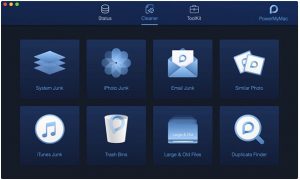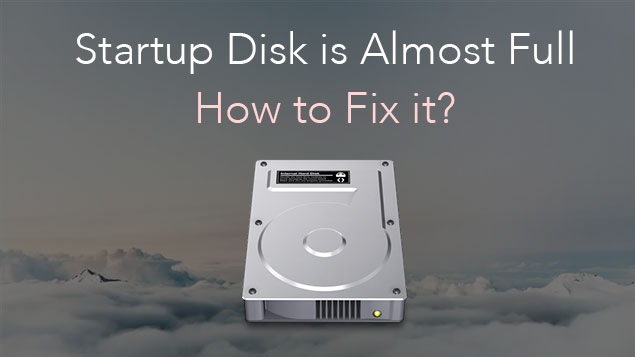


On any version of Windows, you can press Windows Key + R, type diskmgmt.msc into the Run dialog, and press Enter. If you haven’t open the DIsk Management tool yet, you can do it by right-clicking in the bottom-right corner of the screen on Windows 8 or 8.1 and selecting Disk Management. For example, in the screenshot below, the external drive we want to wipe the partition from is “Disk 2.” It’s actually the third one in the list, but that’s because the first disk is “Disk 0” and the system counts from 0. Note the number of the disk you want to remove the partition from. You can’t actually use the Disk Management tool for most of this, but you can use it for one thing. RELATED: Understanding Hard Drive Partitioning with Disk Management If they’re in Time Machine backup format and you don’t have access to a Mac, you can restore Time Machine backups on Windows. If you have any important files on the drive, be sure you have copies of them before you continue. You can’t simply remove the 200 MB partition and leave any other partitions alone - you’ll be wiping the drive’s contents and starting afresh with a new partition table.

Dragging “Foo.app” to the Trash is rarely a comprehensive uninstallation.This process will actually wipe the entire external drive. The experience revealed folders containing data I no longer needed for applications I no longer used. Here, I gained space by deleting ~/.meteor (1.1 GB) and ~/.android (4.0 GB).Īll files tallied, I freed a whopping 24.7 GB.

The exercise revealed stale folders I had completely overlooked: When asked what you want to erase, select Remove everything. OmniDiskSweeper presents folder and file sizes. Wipe Your Drive in Windows 10 In Windows 10, open Settings > Update & security > Recovery, and then click the Get Started button.


 0 kommentar(er)
0 kommentar(er)
